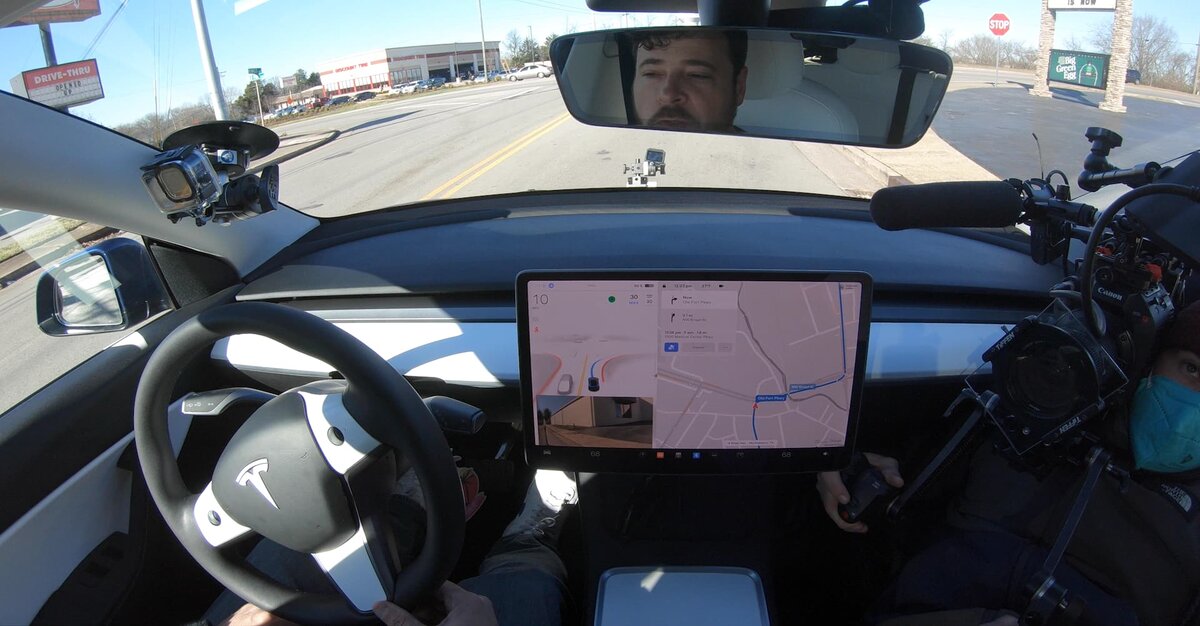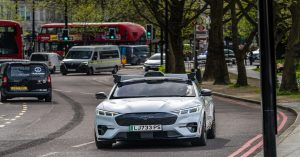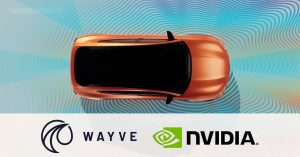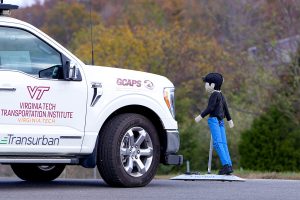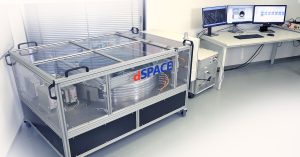The safety of autonomous driving systems and their deployment on public roads has come under intense scrutiny, especially since last October, following a concerning incident involving an autonomous taxi operated by General Motors’ Cruise, which struck and seriously injured a pedestrian in San Francisco.
Tesla’s December recall, marked as its largest in history, encompassed all vehicles equipped with Autosteer from October 5, 2012, through December 7, 2023. This recall was prompted by concerns over potential misuse of Tesla’s automated driving feature. To address these concerns, Tesla completed a software update in December, which aimed to provide additional controls and alerts to prompt drivers to better supervise the system while active. These updates included warnings to keep hands on the steering wheel and eyes on the road.
However, the National Highway Traffic Safety Administration (NHTSA) is now investigating why Tesla deployed “non-remedy” software updates for issues seemingly related to the concerns that led to the December recall. The NHTSA is particularly interested in why these updates were not part of previous software releases and whether they were intended to address safety risks.
The NHTSA’s Office of Defects Investigation (ODI) has raised concerns due to post-remedy crash events and preliminary tests on remedied vehicles. Tesla has acknowledged that a portion of the software fix requires owners to opt in and allows drivers to reverse it.
The ODI has identified at least 13 Tesla crashes since June 2022 involving fatalities and numerous others with serious injuries, with driver misuse of Autopilot appearing to play a role in many cases. This has prompted the NHTSA to investigate the deployment of these “non-remedy” software updates by Tesla.
Since 2019, Tesla’s automated driving features have been implicated in over 700 accidents and 17 fatalities. In February 2023, the company recalled 362,000 vehicles to update its Full Self-Driving Beta software.
Meanwhile, the NHTSA is also investigating Ford’s BlueCruise hands-free highway driving feature following two separate crashes involving the Mustang Mach-E equipped with this feature. These incidents, both resulting in at least one fatality, occurred at night and involved collisions with non-moving vehicles on controlled-access highways.
Introduced in 2021, Ford’s BlueCruise is restricted to certain mapped highways in the U.S. Similar to Tesla’s Autopilot, it utilizes a sensor suite including a camera-based driver monitoring system to gauge driver attentiveness. The NHTSA’s investigation will assess the performance and safety of BlueCruise, including its driver monitoring function.

